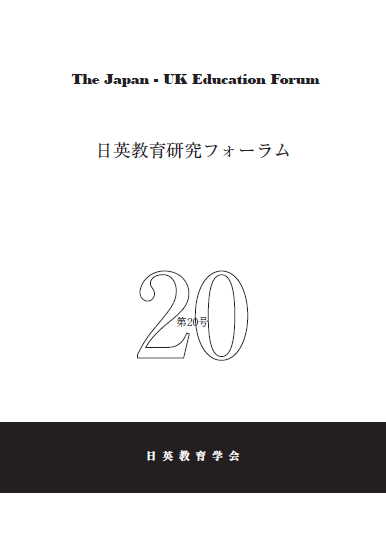Volume 27
Displaying 1-12 of 12 articles from this issue
- |<
- <
- 1
- >
- >|
-
2024Volume 27 Pages 07-10
Published: 2024
Released on J-STAGE: February 25, 2024
Download PDF (633K) -
2024Volume 27 Pages 11-16
Published: 2024
Released on J-STAGE: February 25, 2024
Download PDF (670K) -
2024Volume 27 Pages 17-22
Published: 2024
Released on J-STAGE: February 25, 2024
Download PDF (696K) -
2024Volume 27 Pages 25-38
Published: 2024
Released on J-STAGE: February 25, 2024
Download PDF (805K) -
2024Volume 27 Pages 39-53
Published: 2024
Released on J-STAGE: February 25, 2024
Download PDF (765K) -
2024Volume 27 Pages 55-69
Published: 2024
Released on J-STAGE: February 25, 2024
Download PDF (796K) -
2024Volume 27 Pages 71-85
Published: 2024
Released on J-STAGE: February 25, 2024
Download PDF (796K) -
2024Volume 27 Pages 87-104
Published: 2024
Released on J-STAGE: February 25, 2024
Download PDF (942K) -
2024Volume 27 Pages 107-115
Published: 2024
Released on J-STAGE: February 25, 2024
Download PDF (628K) -
2024Volume 27 Pages 116-118
Published: 2024
Released on J-STAGE: February 25, 2024
Download PDF (611K) -
2024Volume 27 Pages 119-135
Published: 2024
Released on J-STAGE: February 25, 2024
Download PDF (718K) -
2024Volume 27 Pages 137-140
Published: 2024
Released on J-STAGE: February 25, 2024
Download PDF (655K)
- |<
- <
- 1
- >
- >|
